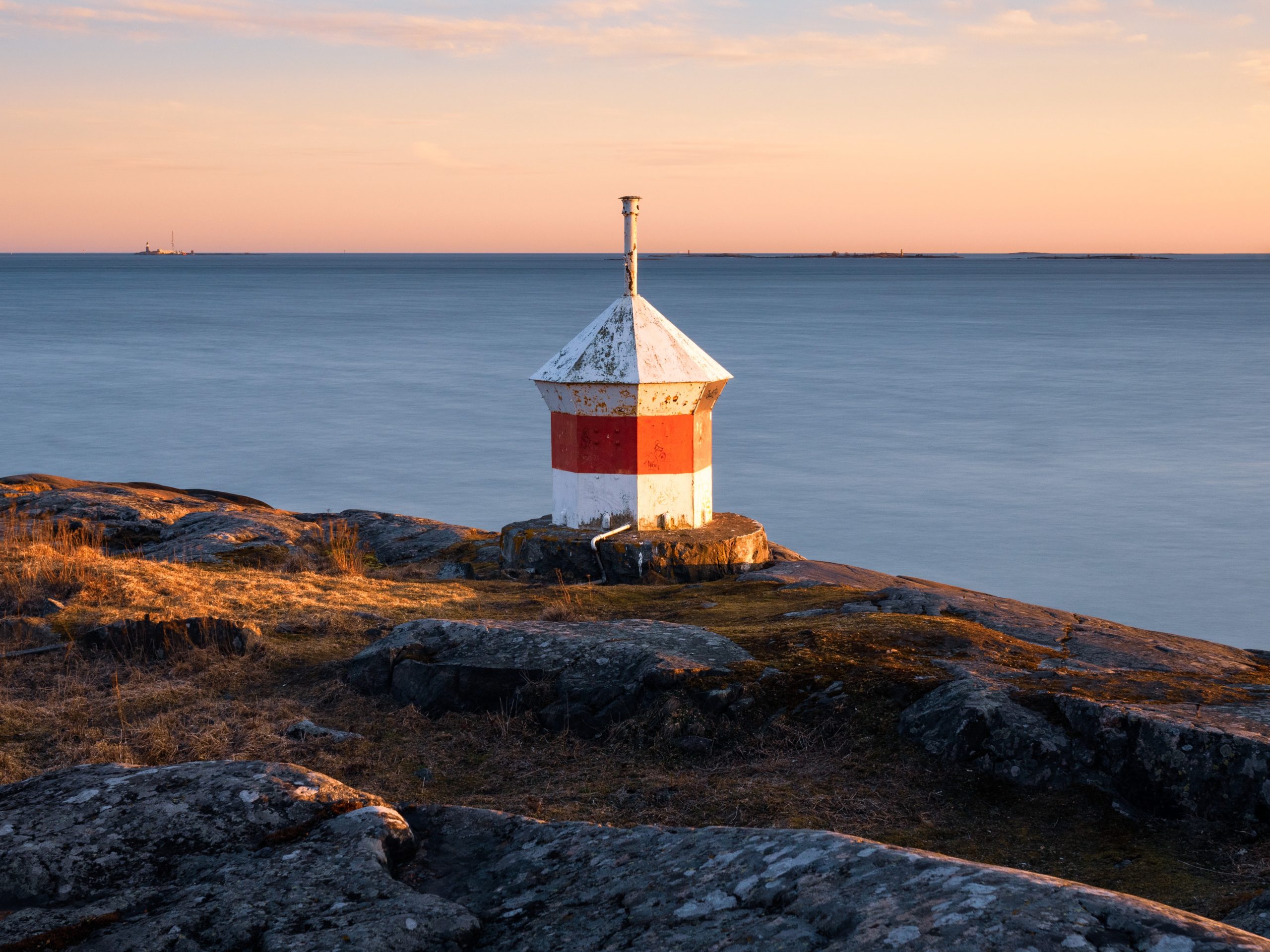Current situation and regulatory changes from year 2023 onwards
Marine traffic, being one of the biggest consumers of fossil fuels in the world, is currently under rapid legislative and regulatory reformation. On the 1st of January 2023, the new IMO (International Maritime Organization) EEXI (Energy Efficiency Existing Ship Index) and CII (Carbon Intensity Index) regulations came into force. These mandatory regulations require vessels and ship owners to reduce their carbon emissions gradually on annual basis. The aim of these new regulations is to reduce carbon intensity of international shipping by 40% by year 2030, compared to 2008 level. The long-term target is to reach 70% reduction in carbon intensity of international shipping by 2050, compared to 2008.
Currently, the ship owners have few ways to cope with the new regulations. They can change to low-carbon fuel, they can invest to new technologies and vessels designed to fulfill the regulations, do route and speed optimization, perform other actions like hull cleaning and coating or reduce the onboard energy consumption with multiple smaller actions.
However, in most of the ways trying to reduce the carbon emissions there are few drawbacks.
The methods of coping with IMO, EEXI and CII regulations
Slow steaming and route optimization
The easiest and the most rapid way of reducing the carbon emissions is to reduce vessel sailing speed and optimize the routes. The combined achievable emission reduction potential of slow steaming and route optimization is from 10% up to 50%. However, due to the limited vessel capacity and more or less inflexible logistical chains many of the charterers (companies renting vessels and/or their cargo capacity) may face new logistics related challenges which are reducing their willingness to introduce slow steaming in extended scale. Also, the total emission reduction achieved with speed reduction and route optimization in larger scale are not sufficient measures for reaching the 40% reduction target without transferring the emission source somewhere else.
Low-carbon fuels
Other alternative or supporting option for speed and route optimization is the introduction of low-carbon fuels like biofuels (e.g. FAME, HVO, biogas, methanol) and electrofuels (synthetic hydrocarbons, alcohols and ammonia). However, the biggest issues with all alternative fuels are price, availability, compatibility and quality.
Before the energy crisis, cleaner fuel in marine sector meant LNG (Liquefied Natural Gas). Most of the eco-friendly vessels built during the last decade were LNG propulsed, having dual-fuel engines capable of using LNG and MDO (Marine Diesel Oil). One driving factor for using LNG was that the amount of sulphur oxides and PAH’s was greatly reduced, obviating the need for post-combustion exhaust gas treatment systems like exhaust gas scrubbers. Later there were studies regarding the total emissions of LNG propulsed vessels and the outcome, although being controversial, was that the usage of LNG was actually releasing more greenhouse gases than HFO (Heavy Fuel Oil), for example. Therefore, if LNG propulsed vessels want to cut down their carbon emissions, they need to change to biogas, synthetic methane or biodiesel, which are not yet available in larger scale.
For the vessels with more conventional engines and fuel systems and which are not capable for dual-fuel operation, there are only few options available when it comes to alternative fuels: FAME (Fatty Acid Methyl Ester), HVO (Hydrotreated Vegetable Oil), which are both refined from primary or secondary source biomass, and synthetic electrofuels. FAME, being the most affordable in terms of price has, however, been identified as a lower quality fuel, having a possibility to cause issues (corrosion, clogging, water deposits, unintended microbiological growth etc.) within the fuel system and engines. Therefore, many of the engine makers are careful to recommend the extensive usage of FAME with their machinery. HVO, being the fuel of higher quality than FAME, is also expensive and poorly available in ports all over the world but may be an alternative for vessels with relatively short voyages around the bigger ports. Synthetic hydrocarbon fuels like synthetic marine diesel oil could be used in all conventional combustion engines, but it is not yet industrially produced, which makes it basically unavailable and extremely expensive.
Other alternative low-carbon fuels are methanol, ethanol and ammonia. Methanol and ethanol, being either organic or synthetic origin, can be used with newer multi-fuel or dual-fuel engines which have an ignition system in addition to traditional diesel-cycle. Ammonia, which produces zero carbon emissions when burned, requires a completely redesigned engine setup which are not yet available for commercial use, and therefore it is not a feasible option for existing vessels. Both ammonia and alcohols are produced for industrial purposes, but like other low-carbon fuels, their current availability is not sufficient for use as a marine bunker.
New technologies
If reducing the speed or changing to alternative low-carbon fuels are not feasible options, the vessel owner can invest to technology or newbuildings. For reducing the carbon emissions, existing feasible technologies are currently poorly available. One promising direction is the large-scale introduction of assisting wind propulsion systems which could help lower the fuel consumption without the need for significant speed reductions. However, as being highly reliant on the weather conditions, wind propulsion systems may not be the optimal solution for all vessels or routes since their effectiveness can vary seasonally and geographically.
Other potential way is to retrofit carbon capture system onboard the vessel to ease the transition phase but at the moment there are no feasible solutions widely available and the regulations do not count the carbon capture as a proper way of reducing carbon emissions. Also, the lack of available installation space onboard the vessels and the high cost of the investment are two factors which are limiting the investment interest in these new experimental technologies aiming for carbon emission reduction. However, this is expected to be changed once more technologically feasible solutions enter the market and legislative guidelines get readjusted.
Newbuildings
Replacing the old fleet with newbuildings is not very quick or feasible option for most of the ship owners. The CapEx invested to one vessel is usually counted in tens of millions euros and therefore the lifecycle for the vessels is designed to be 15-30 years, which slows the modernization rate of the global fleet. At the moment there are more than 50 000 commercial vessels over 1000 GT which have conventional combustion engines powered by fossil fuels. Although all the newbuildings built from this day forward would be equipped with modern technology and propulsion systems utilizing alternative fuels, there will be most likely more than 25 000 vessels sailing with conventional combustion engines designed for fossil fuels after fifteen years from now.
Based on the above-mentioned technological, commercial and regulatory matters, the ship owners and charterers have very limited possibilities to fulfill the current carbon emission regulations which get stricter year by year. Also, the maritime transport will be included in the EU’s emission trading from 2024 onwards, increasing the need for rapid actions to cope with increasing operating costs.
Although the regulations are already in force, very few large-scale actions and preparations are currently ongoing among the ship owners, charterers and technology providers. To reach the ambitious emission reduction goals and to decarbonize the marine traffic within the given timeline, new and extensive cross-industrial cooperation is urgently required to enable the green transition in maritime industry.
Finnish Maritime Industry as a pioneer
Finland’s logistical system, when it comes to foreign trade, is similar to the countries’ located on island; almost 90% of the import and export are done through sea trade routes. Due to this unique feature, the changes in the regulations and expenses within maritime sector can have relatively big effect on the profitability and competitiveness of Finland’s export and import. So, in addition to environmental factors, it is economically crucial to Finnish ship owners, export companies and consumers, that comprehensive and immediate measures are taken to cope with the new carbon emissions regulations.
Due to the long tradition of considering environmental factors in Baltic Sea area, the Finnish maritime organizations and companies are keen to react into new challenges in the area of environmental protection. The fleet under Finnish flag is relatively new and well maintained and ship owners are willing to invest in technologies reducing the environmental impact of their vessels. In addition to ship owners looking into more sustainable seafaring, Finland has numerous globally recognized companies providing technologies and solutions for maritime industry, making Finland an optimal place for new innovations and business possibilities in marine traffic decarbonization. In addition to these points, The Finnish Shipowners’ Association has set an ambitious goal of being completely carbon neutral by the year 2050 and publicly announcing that there is also the collective will to make the difference.
The need for innovations
As the speed regulation and route optimization of the vessels will not be sufficient methods for decarbonizing the marine traffic, other efficient means are required. In longer timeline the evolution of vessel design and propulsion systems, as well as systemic changes in maritime sector will provide a sustainable solution but for the transition phase the electrofuels will most likely be the most cost-efficient and most rapid way of tackling the challenges. However, for large scale introduction of electrofuels as a marine bunker, there are multiple challenges to be solved. Below are listed few of them:
- Sufficient production of alternative fuels
- development of small scale local electrofuel manufacturing plants located close to energy source or end user. Owned by fuel companies, ship owners, charterers or ports
- designing a network for continuous feedstock and energy supply
- Distribution and bunkering network for alternative fuels
- establishing a nationwide network of bunkering stations into most frequently visited ports
- taking into account the environmental hazards caused by new fuel delivery and storage systems
- material combability study to prevent for example corrosion related damages in system components when used with new fuels
- Specification of suitable marine bunker fuel
- specifying a suitable synthetic fuel product which can be used in most combustion engines without major modifications. Possibility to tailor a fuel that improves engine efficiency, lowers fuel consumption and reduces the amount of generated emissions like PAH and NOx
- establishing a system for fuel quality control and degeneration prevention
- Seasonal storage facilities for alternative fuels
- determining the required quantity for storable fuel due to the inherent seasonal fluctuation of energy availability related to electrofuel production
- design of new fuel storing facilities near the end user
- regulatory and legislative examination of precautions needed due to the environmental hazards caused by highly flammable (e.g. hydrogen) or toxic (e.g. ammonia) fuels
- Retrofit onboard fuel tanks for alternative fuels
- material study for liquid fuels
- utilization of metal-organic framework for gaseous fuels
Other topics requiring attention in maritime innovation environment are, for example:
- Wind assisted propulsion systems
- sails and power kites
- Carbon negative vessels in Finland
- onboard CCUS with electro- or biofuels and permanent storage for captured carbon
- Captured carbon reception facilities in ports
- syngas production
- permanent carbon storage solutions
- Drag reducing technologies
- hull air lubrication system
- non-toxic hull coatings suitable for ice conditions (e.g. ceramics)
The way forward
The successful decarbonization of Finnish maritime sector will play a significant role in achieving Finland’s carbon neutrality target, but it also ensures the competitiveness of the export economy as well as attracts both domestic and foreign companies to invest in Finnish industries, services and products, providing sustainable economic growth.
But the topic is wide and the time is limited.
The companies and organizations inside maritime sector are already trying to react to these rapid changes and requirements but without wide-spread collaboration their chances to be the first to success are limited. Therefore, forming a cross-industrial innovation cluster that connects industries, authorities, municipalities and other relevant organizations both on-shore and off-shore, facilitates the sustainable growth in form of new innovations and also supports and expedites the realization of the invented solutions, could provide the best tools for actualizing the green energy transition in maritime sector both nationally and globally.
Author: Kim Tervonen, RDI Manager, Energy systems, CLIC Innovation


